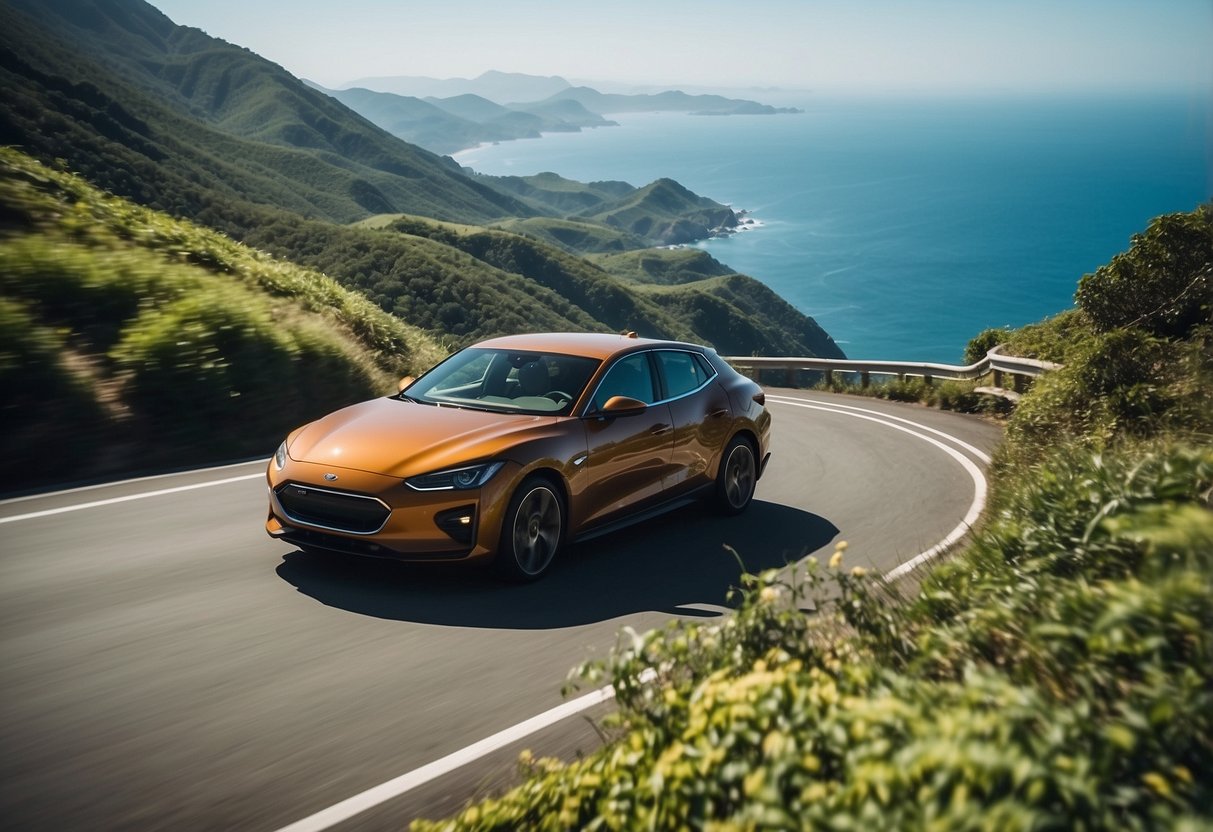Mastering Image Optimization for WordPress Without Plugins
Optimizing images is crucial for improving website performance. Learn effective methods to enhance your WordPress images without relying on plugins.

Mastering Image Optimization for WordPress Without Plugins
In today's digital landscape, website speed and performance are paramount, and image optimization plays a significant role in enhancing these factors. While many WordPress users depend on plugins for this task, there are several effective methods to optimize images without them. In this article, we will explore how to optimize images for WordPress without plugins, focusing on techniques that yield excellent results while keeping your site lightweight and speedy.
Understanding Image Formats
Before diving into optimization techniques, it’s essential to understand different image formats and their implications on quality and file size:
- JPEG: Ideal for photographs and images with multiple colors. JPEGs can be compressed significantly without a visible loss in quality.
- PNG: Best for images that require transparency or when preserving text and line art is crucial. PNG files tend to be larger than JPEGs.
- GIF: Great for simple graphics and animations, but limited in color variety. Use it mainly for smaller images.
Select the appropriate format before uploading your images to WordPress to ensure optimal quality and loading times.
1. Resize Images Before Uploading
A common mistake is uploading images directly from your camera or design software, which often results in excessively large file sizes. To optimize images manually:
- Use an Editing Tool: Utilize tools like Adobe Photoshop, GIMP, or even free online alternatives like Canva or Pixlr to resize your images. Aim for dimensions that match your theme’s requirements.
- Choose the Right Resolution: Generally, 72 to 150 DPI is enough for web use. High resolutions can lead to larger file sizes without visible quality improvement.
2. Compress Images Using Online Tools
Once your images are resized, compress them to reduce file size further. Many tools are available online:
- TinyPNG: An excellent tool for compressing PNG and JPEG files while maintaining quality.
- ImageOptim: This Mac tool is designed to optimize images without losing quality. It’s perfect for batch processing.
- Kraken.io: Offers both free and paid versions for image optimization online, ensuring fast loading times.
After compression, download the optimized files to your computer.
3. Use the Correct Image File Names
When uploading images to WordPress, it’s essential to use descriptive file names. This doesn’t just help with SEO; it also enhances accessibility. Here’s how to do it:
- Descriptive Names: Instead of using generic names like "IMG_1234.jpg," rename your files to something like "blue-widget-2023.jpg".
- Dashes Over Underscores: Use hyphens to separate words (e.g., "blue-widget.jpg") as search engines read hyphens as spaces, improving your site’s SEO.
4. Optimize Image Alt Text
Alternative (alt) text plays a crucial role in SEO and accessibility. To maximize your images’ impact:
- Use Relevant Keywords: Include keywords associated with your content, but avoid keyword stuffing. Keep it natural.
- Descriptive Context: Explain what the image shows, which can provide context for search engines and assistive technologies.
Example: Instead of "Image1," use "a-blue-widget-used-for-home-office.jpg".
5. Leverage Lazy Loading
WordPress includes lazy loading functionality by default in recent versions. If you're on an older version or prefer not to use it, you can implement lazy loading manually by adding a few lines of code:

This method ensures images only load when they enter the viewport, significantly improving the page’s load times when a user navigates your site.
6. Implement a Content Delivery Network (CDN)
Although not directly tied to image optimization, using a CDN can enhance overall site speed, including image delivery. CDNs distribute your images across various servers worldwide, allowing users to load images from a server closer to them, effectively reducing load time.
Consider free CDNs like Cloudflare or paid options that suit your needs.
Conclusion
Optimizing images for WordPress without plugins is entirely achievable with the right methods and tools. By resizing images, compressing them with online tools, using descriptive filenames and alt text, implementing lazy loading, and leveraging CDNs, you can ensure your WordPress site performs optimally while delivering high-quality visuals. These practices not only improve user experience but also contribute positively to your site's SEO, ultimately leading to better visibility and engagement.
For further reading, check out resources from Google's PageSpeed Insights and Web.dev image optimization guide.
New posts

How to Fix the "Blocked Plug-In" Error on Macs

How to Set Up WordPress Email Forwarding

What is a Mail Delivery Subsystem: Understanding its Functionality

Safely Remove Unused WordPress Plugins: A Step-by-Step Guide
WordPress

Top Free Tools to Check for Broken Links on Your Website
SEO

Mastering WordPress SMTP: A Detailed Plugin Setup Guide
WordPress

Seamless Migration: How to Move Your WordPress Site Without Downtime
SEO

Resolving Plugin Conflicts in WordPress: Step-by-Step Solutions
Troubleshooting

Elementor vs Beaver Builder: A Performance Comparison That Matters
Web-Design

Prevent Mail Delivery Subsystem Notifications: A Step-by-Step Guide
Productivity